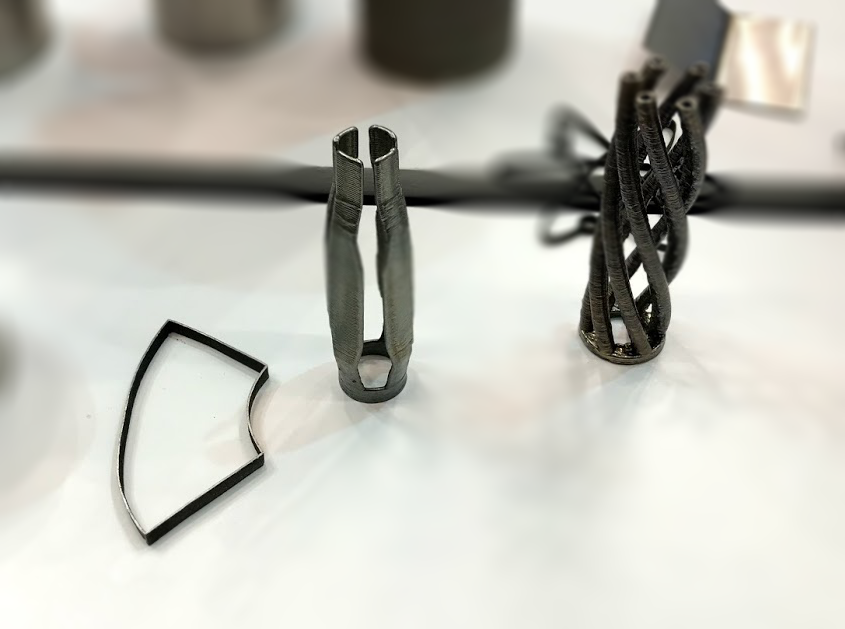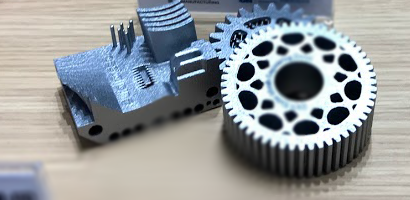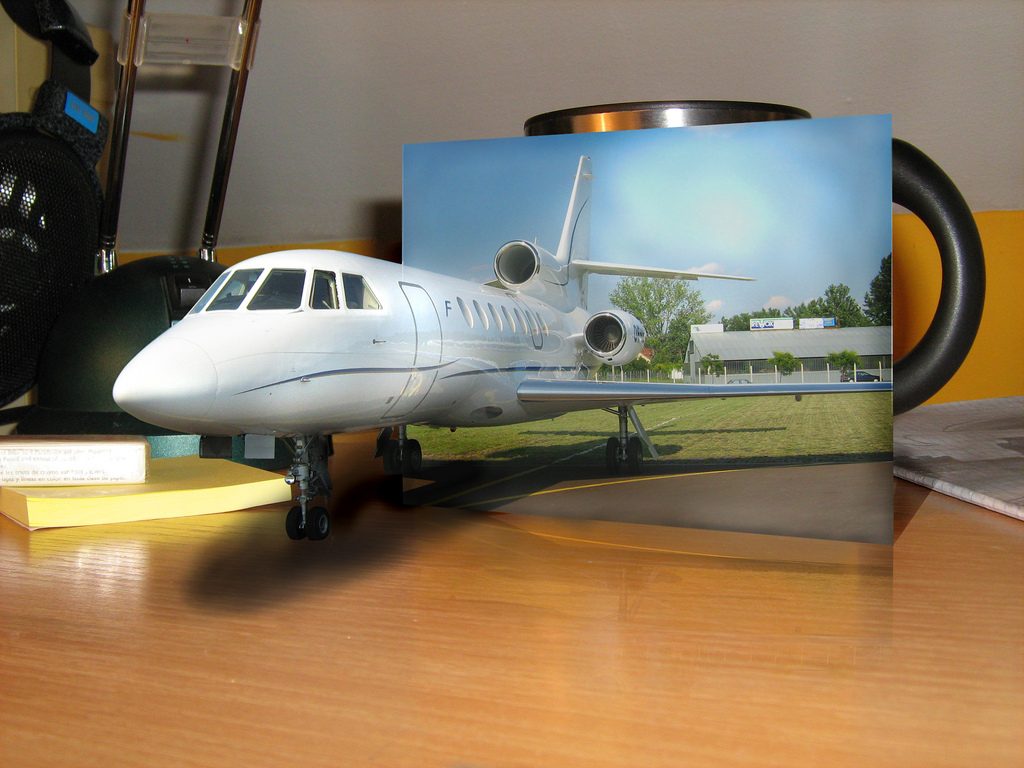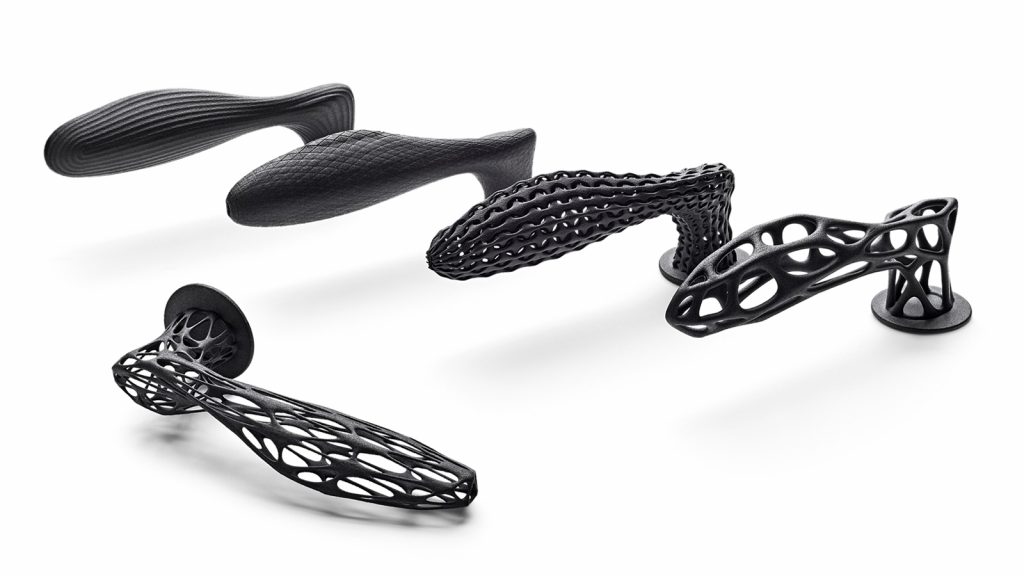Yes, the title is ironic. No view of the future is 20/20, especially ours, although John has been eyeing some 3D printed custom Titanium frames to help sharpen the outlook. In this blog post, we will cast an eye into the future with as many visionary puns as we can frame. In our eyes, 2019 was a pivotal year for AM. AM gained legitimacy in 2017 as a real manufacturing technology, continued to see strong, but likely over-stated valuation and investment in 2018, and 2019 will be remembered as the year businesses decided to treat it as, well, a business. 2020 will be a time to make money with AM. Keep a sharp eye out for continued consolidation as the vast investment in AM has outpaced demand. Finally, we will see a marked change in business needs from people who are seen as “AM evangelists” to true AM practitioners.

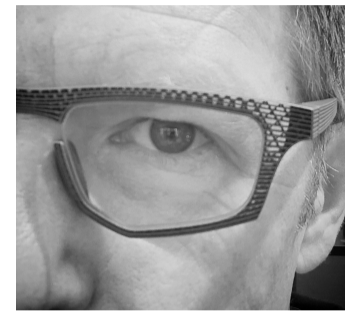
Keeping in line with our vision theme, we will break down our 2020 speculations via our usual four (correctional) lenses: Machines, Materials, Digital and People.
Machines
• Machine sales will get tougher as competition increases and the focus on expectations from machine users continues to sharpen. Manufacturers will continue to compare the various Powder Bed Fusion (PBF) offerings with increased competition from the other 6 forms of AM. Knowledge of all forms of AM is growing. Remember those requirements for your application? They weren’t written for PBF exclusively. Fewer companies will buy an AM machine “just to try it out”.
• Productivity will improve. Faster speeds, lower costs, more automation and, best of all, more build analytics will all greatly improve the manufacturer’s life. Increasingly we’ll talk about ‘post processing’ as good old processing, as in part of the manufacturing process. This will be particularly driven by the insertion of process intense technologies like Binder Jetting.
Materials
• The year of more! More AM processes, more materials requirements, more materials! As we seek better analysis and control of AM processes, true understanding of material behavior, including optimization of thermal treatments, will emerge as a way to get more consistency.
• The AM community will seek a better understanding of the powder requirements for the process. This view will be less about controlling costs but about getting the process better under control. The “religion of the round” will be challenged!
Digital
• What’s hard and what’s soft will be less discernable, as we see a convergence of the design and simulation tools into machines and how they operate. The design iteration process to and from CAD should get easier.
• Machine analytics to predict build success and material performance will increase. It’s still blurry; if we really squint, we can see the forms taking shape.
• Our line of sight to material performance data will increase as industry figures out how to pool data and resources.
People
• The fires of AM were lit by the early AM evangelists, but now businesses need true AM practitioners to take them to the next level: sustainable business.
• The need for AM education and awareness across all business functions will increase. After all, AM is a team sport, and it takes a lot more than just engineers to make a business work. This will drive a more focused understanding of what good looks like for AM training and in good pupils.
• Diversity will take a back burner. We’ve been pretty successful at getting younger people to have visions of a career in manufacturing because of AM, but the pressure for profits will challenge how committed companies are to striking a gender balance. We can do more to increase the visibility of females in engineering and key roles to get more high schoolers to take an interest in Engineering curriculum.
• AM will be less special and more specialized. AM will start to be another tool in the manufacturing toolbox with less anxiety over how to traverse the paths of qualification and certification; the lingering flames blazed by the first applications will be there as a guide. The boutique conferences will wane and your ability to go to an AM exclusive event every week will decrease. AM will go more application specific, so we might see each other less, but when we do, it will be special.
Like growing up or getting glasses, we are in a bittersweet transition for AM. AM no longer gets by with just being special and new, it now must make business sense. As we set our sights on 2020, don’t despair if your AM vision is still a bit blurry. As John’s boss from Skunk Works used to say, “it’s all about the journey,” and how we react to it.
used to say, “it’s all about the journey,” and how we react to it.
Written by Laura Ely and John Barnes of The Barnes Group Advisors.
The post A 2020 View of Metal Additive Manufacturing appeared first on 3DPrint.com | The Voice of 3D Printing / Additive Manufacturing.



